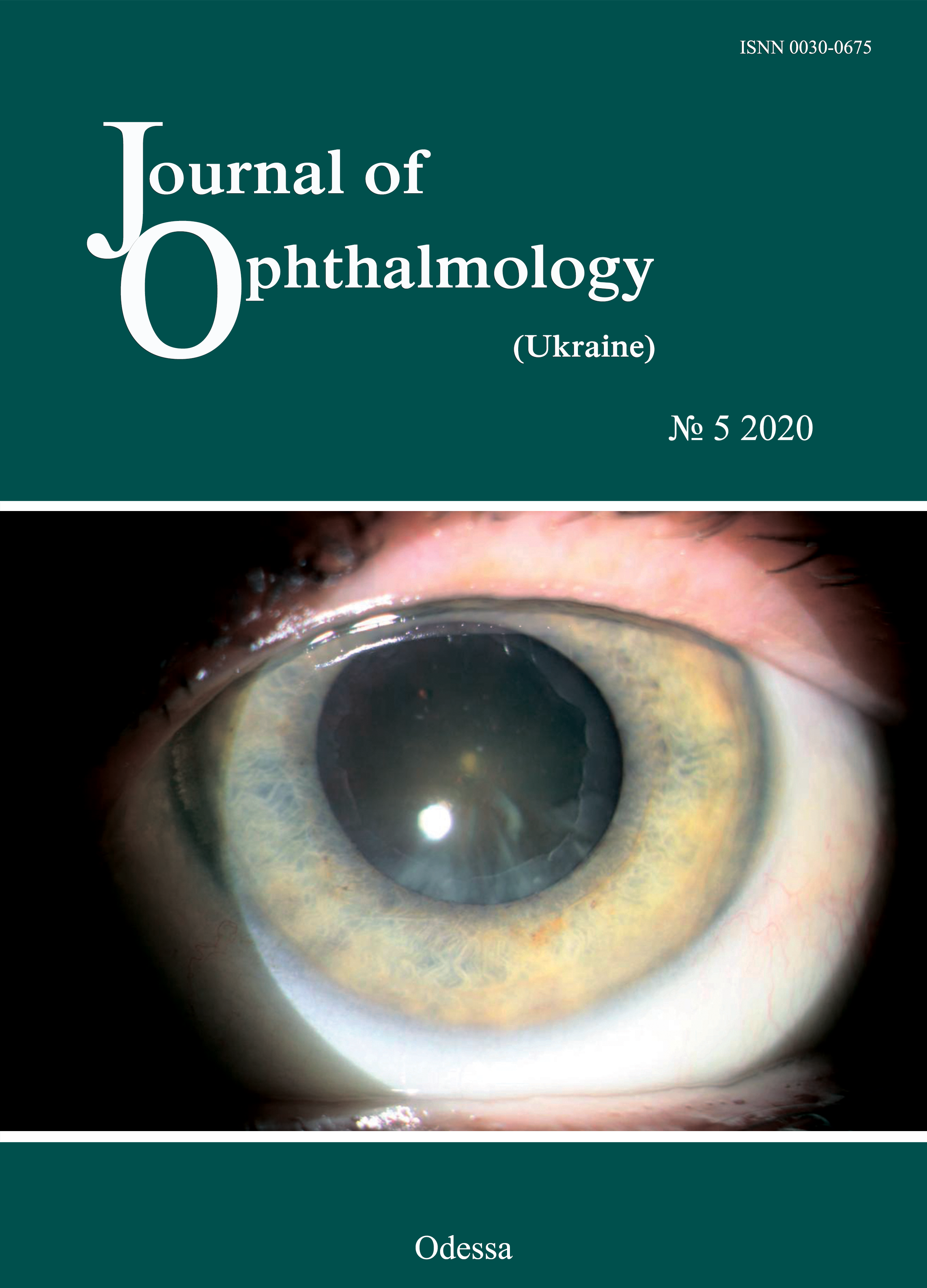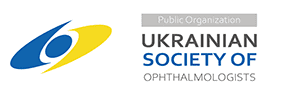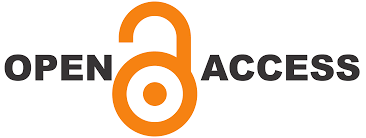Strategies for the development of cyber-ophthalmology
DOI:
https://doi.org/10.31288/oftalmolzh202057985Keywords:
cyber-ophthalmology, cyber-medicine, telemedicine, artificial intelligence, neurocomputer interface, cybersecurityAbstract
Background: Making the tertiary management of eye diseases improved and widely available for all social groups in all parts of Ukraine is a pressing challenge for not only the Ministry of Health, but also for the state.
Purpose: To provide scientific and theoretical assessment of establishing a new branch of ophthalmology, cyber-ophthalmology.
Results: We demonstrated that the studied issue is relevant and important in the light of developments in tele- and cyber-medicine, expansion of application of information technologies to and introduction of artificial intelligence in medicine and in particular in ophthalmology.
Conclusion: Cyber-ophthalmology is becoming reality and a systematically important branch of ophthalmology. Research in and developments of this branch are essential for providing tertiary eye disease management and improved disease treatment efficacy for all social groups.
References
1.Karmazina OO, Release Officer. [Healthcare institutions in and disease prevalences in the population of Ukraine in 2017]. Kyiv: State Statistics Service of Ukraine; 2018. Ukrainian.
2.Visual prosthesis. https://en.wikipedia.org/wiki/Visual_prosthesis
3.Iakushenko LM. [Current issues of social protection of disabled persons]. Sotsialna polityka. 2009;9. Ukrainian.
4.Chun DW, Heier JS, Raizman MB. Visual prosthetic device for bilateral end-stage macular degeneration. Expert Review of Medical Devices. 2005 Nov;2(6):657-65. https://doi.org/10.1586/17434440.2.6.657
5.Farandos NM, Yetisen AK, Monteiro MJ, et al. Contact Lens Sensors in Ocular Diagnostics. Adv Healthc Mater. 2015;4:792-810.https://doi.org/10.1002/adhm.201400504
6.Fernandes RA, Diniz B, Ribeiro R, Humayun M. Artificial vision through neuronal stimulation. Neurosci Lett. 2012;519(2):122-8.https://doi.org/10.1016/j.neulet.2012.01.063
7.Miyawaki Y, Uchida H, Yamashita O, et al. Visual Image Reconstruction from Human Brain Activity using a Combination of Multiscale Local Image Decoders. Neuron. 2008 Dec 10;60(5):915-29.https://doi.org/10.1016/j.neuron.2008.11.004
8.Rush AD, Troyk PR. A power and data link for a wireless-implanted neural recording system. IEEE Trans Biomed Eng. 2012 Nov;59(11):3255-62.https://doi.org/10.1109/TBME.2012.2214385
9.Santhanam G, Ryu SI, Yu BM, et al. A high-performance brain-computer interface. 2006 Jul 13;442(7099):195-8.https://doi.org/10.1038/nature04968
10.Vidal J. Toward Direct Brain-Computer Communication. Annu Rev Biophys Bioeng. 1973;2:157-80.https://doi.org/10.1146/annurev.bb.02.060173.001105
11.Wolpaw JR, McFarland DJ, Neat GW, et al. An EEG-based brain-computer interface for cursor control. Electroencephalogr Clin Neurophysiol. 1991 Mar;78(3):252-9.https://doi.org/10.1016/0013-4694(91)90040-B
12.Wolpaw JR, Birbaumer N, Heetderks WJ, et al. Brain-Computer Interface Technology: A Review of the First International Meeting. IEEE Trans Rehabil Eng. 2000 Jun;8(2):164-73.https://doi.org/10.1109/TRE.2000.847807
13.Fernandes RA, Diniz B, Ribeiro R. Artificial vision through neuronal stimulation. Neuroscience Letters. 2012;519(2):122-8.https://doi.org/10.1016/j.neulet.2012.01.063
Downloads
Published
How to Cite
Issue
Section
License
Copyright (c) 2025 Ю. Г. Даник, О. В. Зборовська, Н.В. Пасєчнікова

This work is licensed under a Creative Commons Attribution 4.0 International License.
This work is licensed under a Creative Commons Attribution 4.0 International (CC BY 4.0) that allows users to read, download, copy, distribute, print, search, or link to the full texts of the articles, or use them for any other lawful purpose, without asking prior permission from the publisher or the author as long as they cite the source.
COPYRIGHT NOTICE
Authors who publish in this journal agree to the following terms:
- Authors hold copyright immediately after publication of their works and retain publishing rights without any restrictions.
- The copyright commencement date complies the publication date of the issue, where the article is included in.
DEPOSIT POLICY
- Authors are permitted and encouraged to post their work online (e.g., in institutional repositories or on their website) during the editorial process, as it can lead to productive exchanges, as well as earlier and greater citation of published work.
- Authors are able to enter into separate, additional contractual arrangements for the non-exclusive distribution of the journal's published version of the work with an acknowledgement of its initial publication in this journal.
- Post-print (post-refereeing manuscript version) and publisher's PDF-version self-archiving is allowed.
- Archiving the pre-print (pre-refereeing manuscript version) not allowed.












